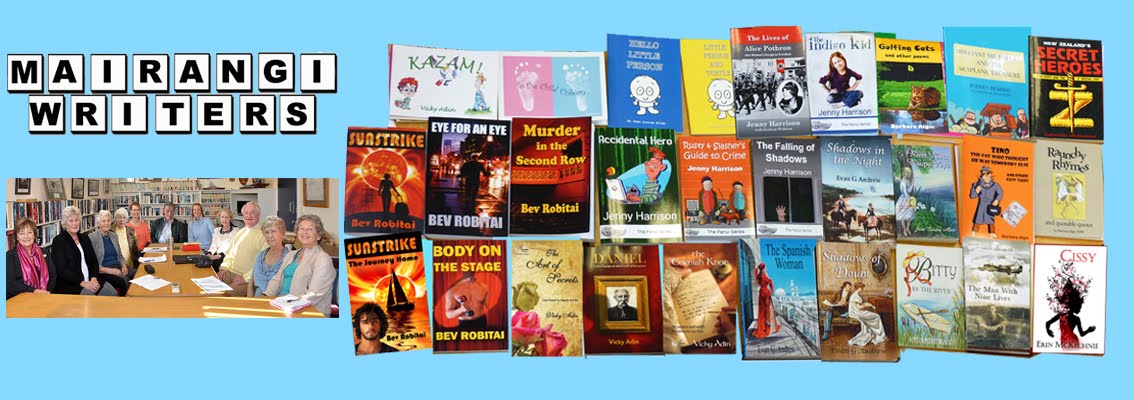Here's Mike...
If you're like most authors, summarizing
your book in a couple of sentences is a daunting task. However, if you're going to sell your book,
it's simply something you have to do. If
you choose to go the traditional route, agents and editors alike are bombarded
with so many queries that if they find themselves having to do much mental work
to understand the gist of your book, they will simply pass on to the next
one. The same goes for
self-publishing--all the retailers and distributors require short descriptions
of your book. For example, Smashwords
requires a description that can be no more than 400 characters, including
spaces! That's short, folks!
To help you do this, I want to share a
formula I learned a long time ago, one that was created in Hollywood. I can tell you from my dealings with the
people in the movie industry that when it comes to stories and story structure,
they really know their stuff.
Each and every story is composed of the
same five basic elements. If you can
identify them in their purest, simplest forms, you will be well on your way to
writing a good two-sentence synopsis of your book, regardless of its length or
complexity.
The five elements are: a (1) hero who finds himself stuck in a
(2) situation from which he wants to
free himself by achieving a (3) goal. However, there is a (4) villain who wants to
stop him from this, and if he's successful, will cause the hero to experience a
(5) disaster.
Actually, what I've just written above IS
the two sentence synopsis which will work for any story, no matter how complex
the plot or characters may seem.
Before I go further, I want to stop for a
moment and address the "Is this a formula?" question that will
undoubtedly come up in many writers' minds.
Anyone with any experience in writing (or painting or composing music,
etc.) knows that formulas do not work
when creating a new piece of art, that the most you can hope for is a
cookie-cutter type result that will be mediocre, at best.
However, what we are doing here is
summarizing a piece of art that has already been created. Because we know that each and every story
must contain these five elements, if we can step back from our own story and
identify them, it makes the job of summarizing the story much easier.
The only thing formulaic about this
approach is the order in which the information is presented, and the structure
of the sentences. You can change this
around later and make the synopsis appear as original and unique as you desire.
So, back to the method. Another way to write this compressed synopsis
is to move the goal into the second sentence into the form of a question, as
follows:
Hero finds herself stuck in situation from
which she wants to free herself. Can she
achieve goal, or will villain stop her and cause her to experience disaster?
All you have to do is identify the elements
and plug them in to create the most basic
two sentence synopsis for your own story. By the way, you don't have to put the second
sentence in the form of a question--you could write, She must achieve goal, or villain will stop
her and cause her to experience disaster.
I posed it as a question only
because it emphasizes the main narrative question in the story--discovering the
answer to that sticky issue is what keeps readers turning the pages until
(hopefully) they reach the very end of your book.
Read the rest of the article here - http://mikewellsblog.blogspot.co.nz/2011/04/secret-formula-for-creating-short.html

No comments:
Post a Comment